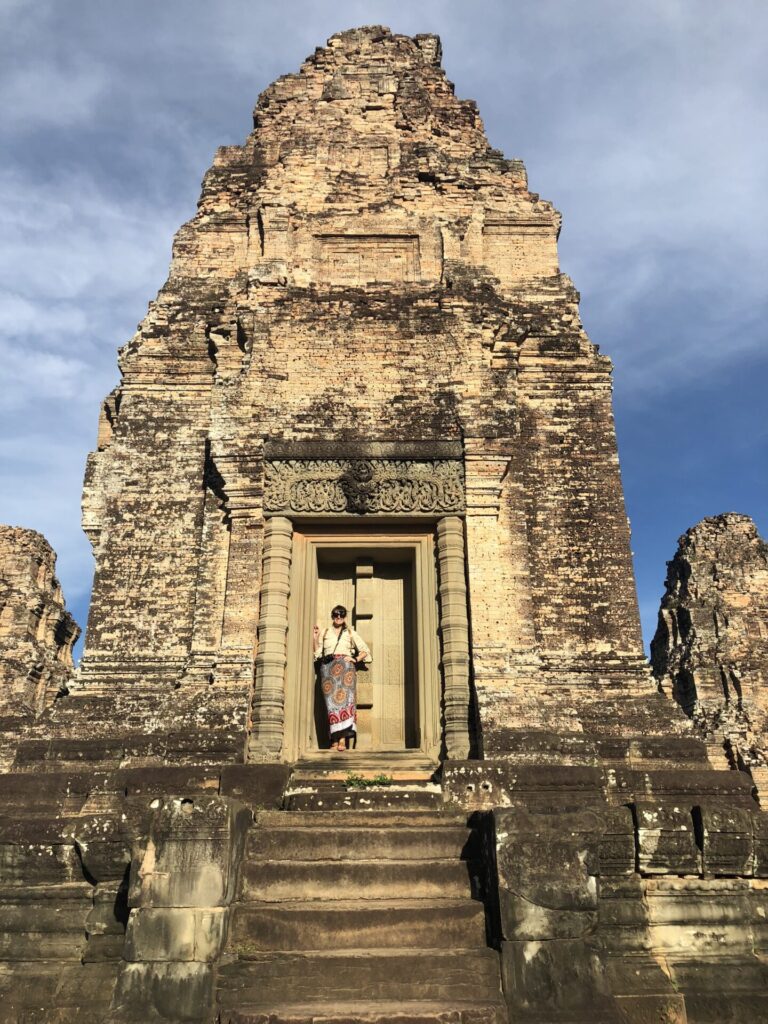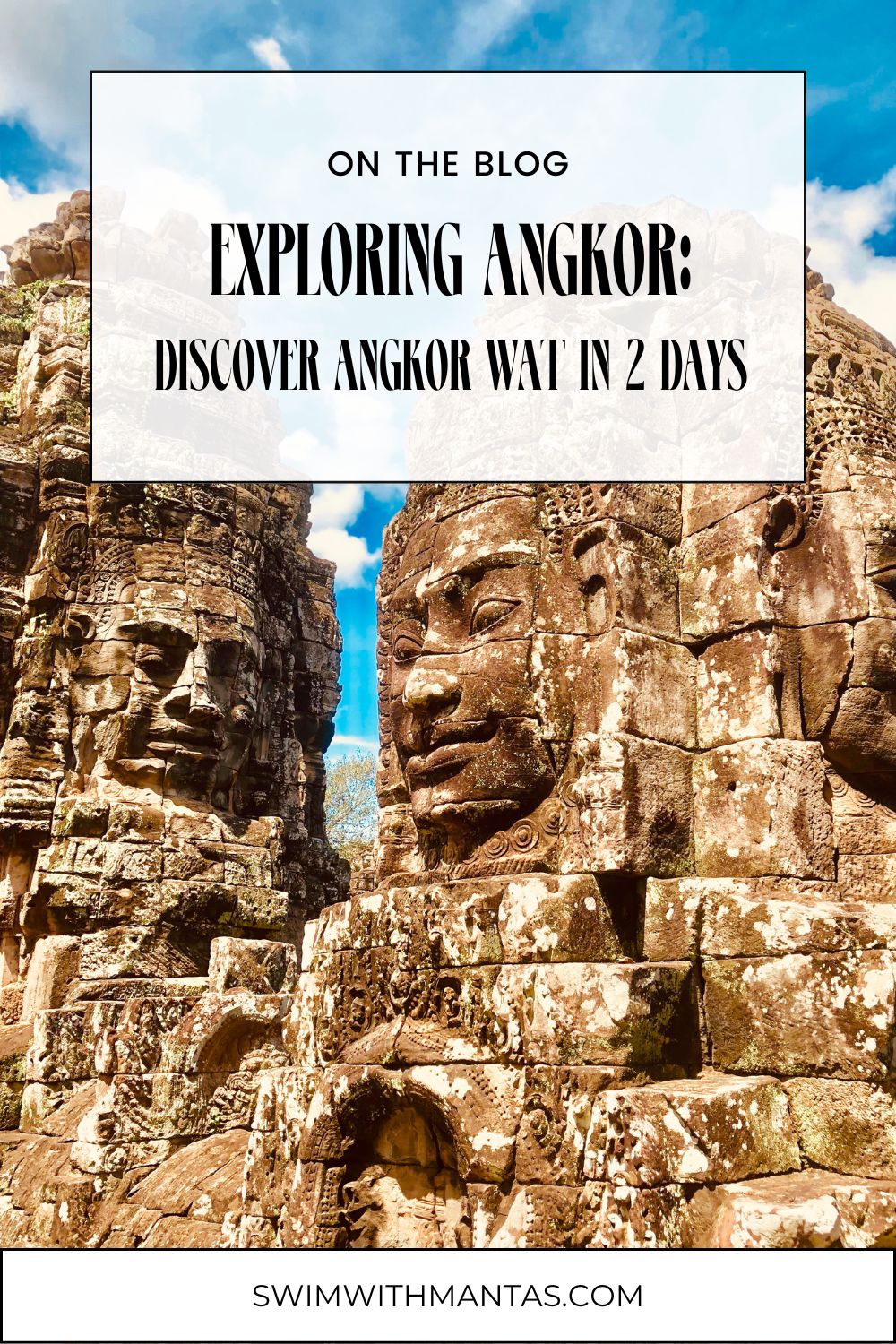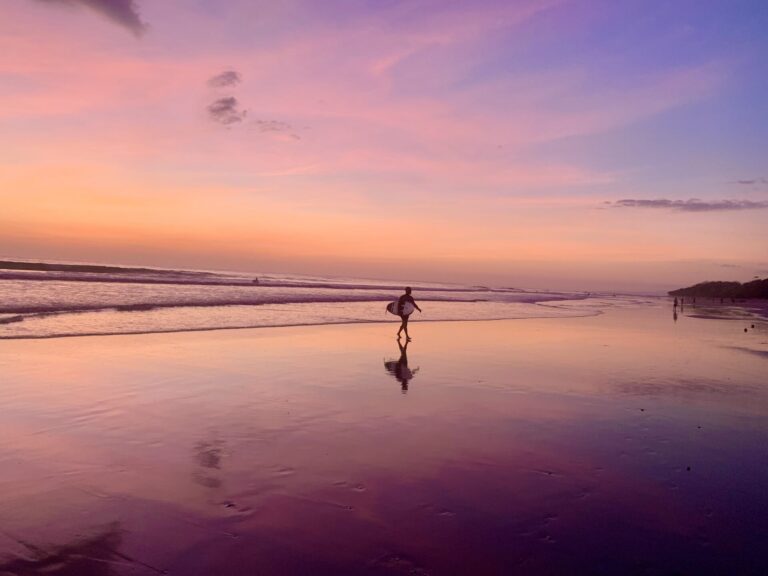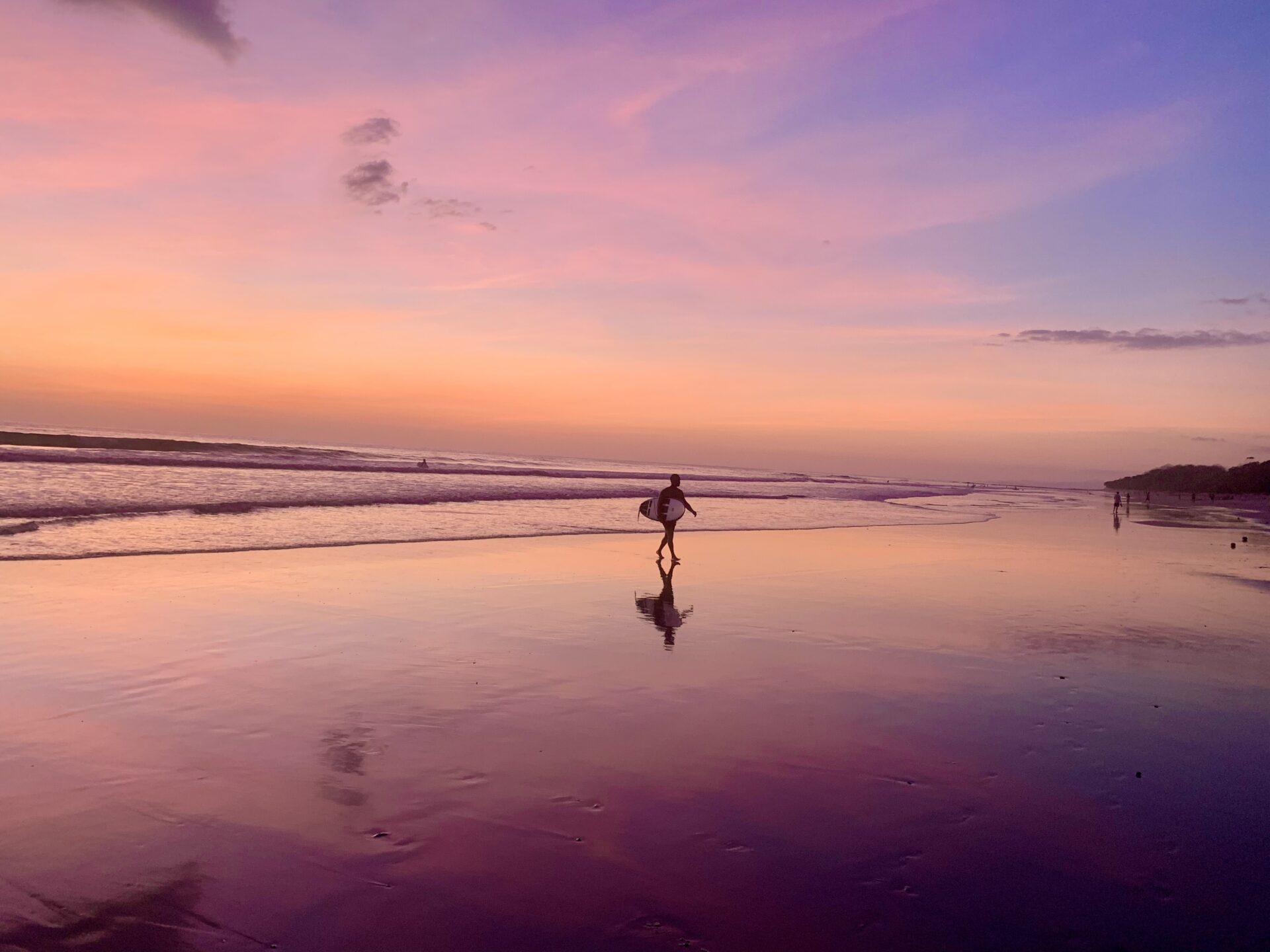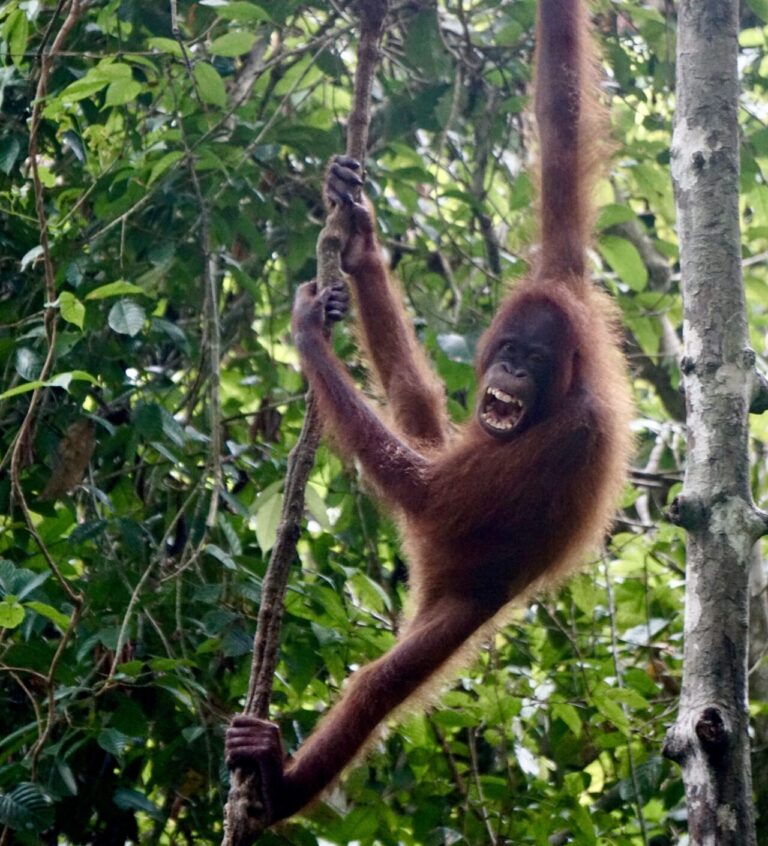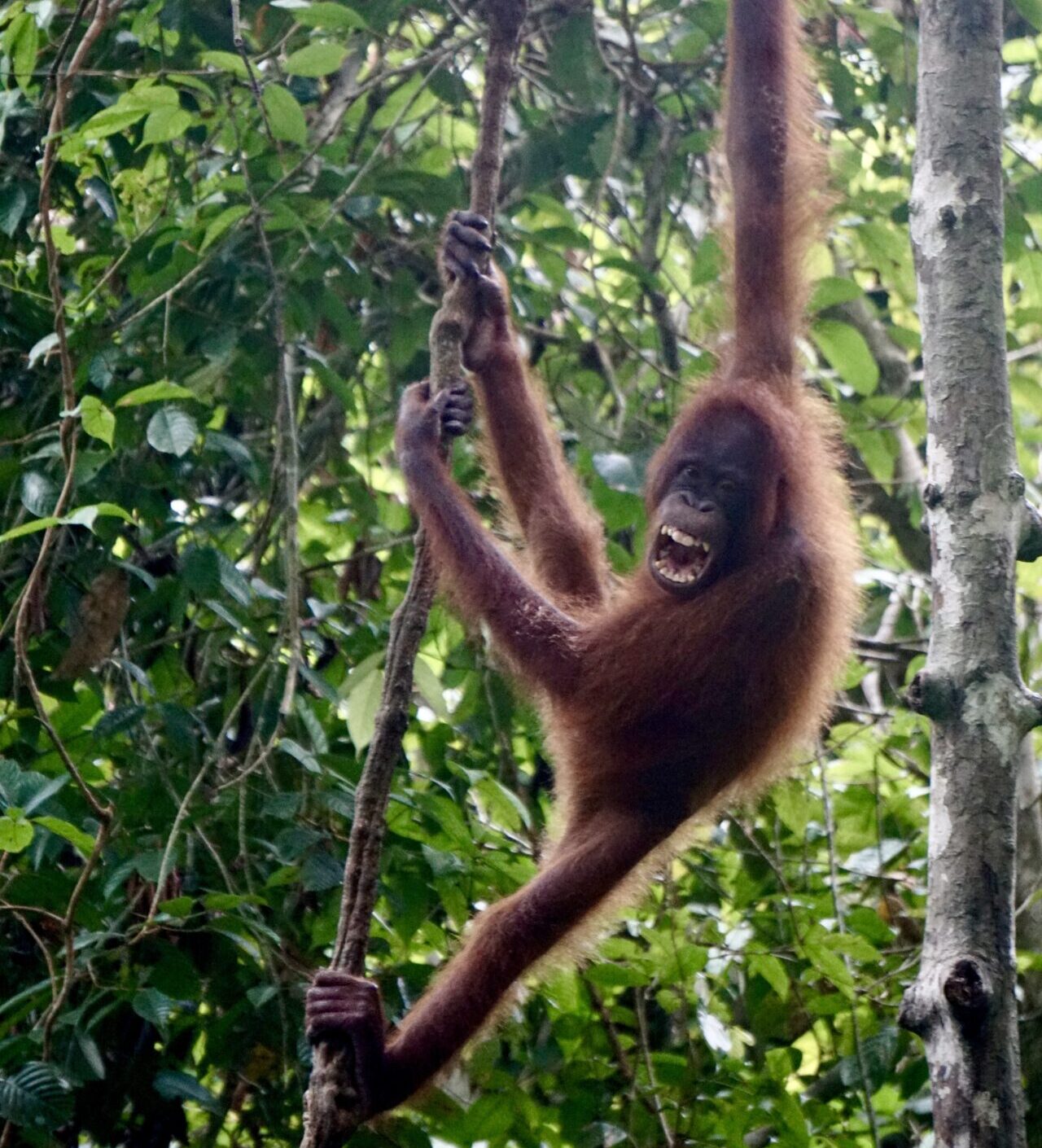So You Wanna… Do the Everest Base Camp Trek
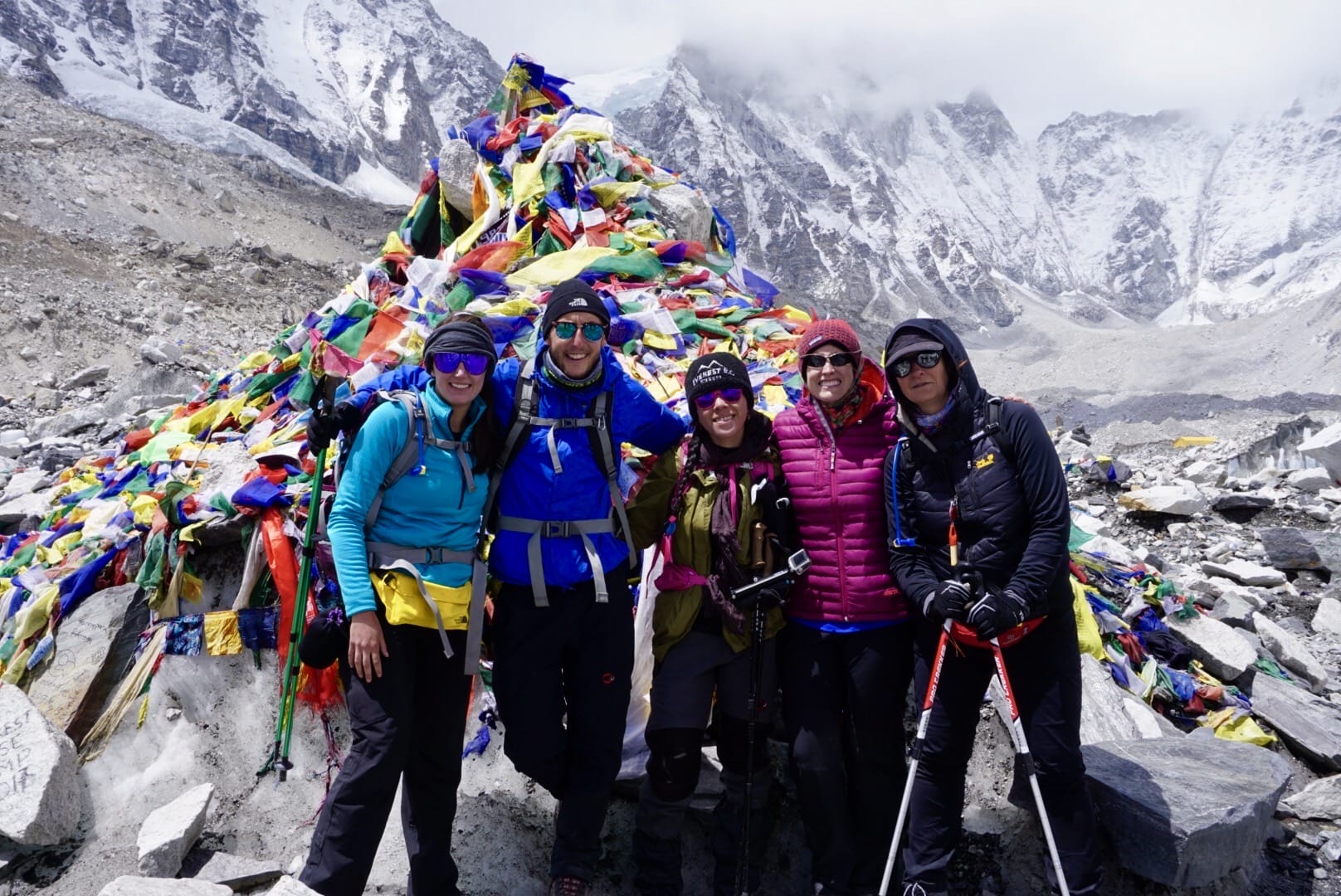
The Everest base camp trek is an epic adventure that combines breathtaking Himalayan views, immersion in Nepalese culture, and the incredible experience of walking in the footsteps of mountaineers who have scaled the world’s highest peak. The Everest base camp trek is more than just a physical challenge. It’s a journey of discovery, both of the majestic landscape and of your own endurance and determination.
I did the Everest basecamp trek in May 2017 and I am still proud of that accomplishment. Even if you LOVE hiking, hiking for 12 days straight will push you both mentally and physically.
Why do the Everest Base Camp Trek?
You’ll traverse through some of the world’s most beautiful and remote landscapes, passing through small Sherpa villages, crossing suspension bridges over raging rivers, and trekking alongside towering snow-capped peaks. The trek offers unparalleled views of some of the highest mountains in the world, including Everest, Lhotse, and Ama Dablam.

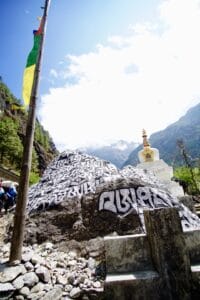
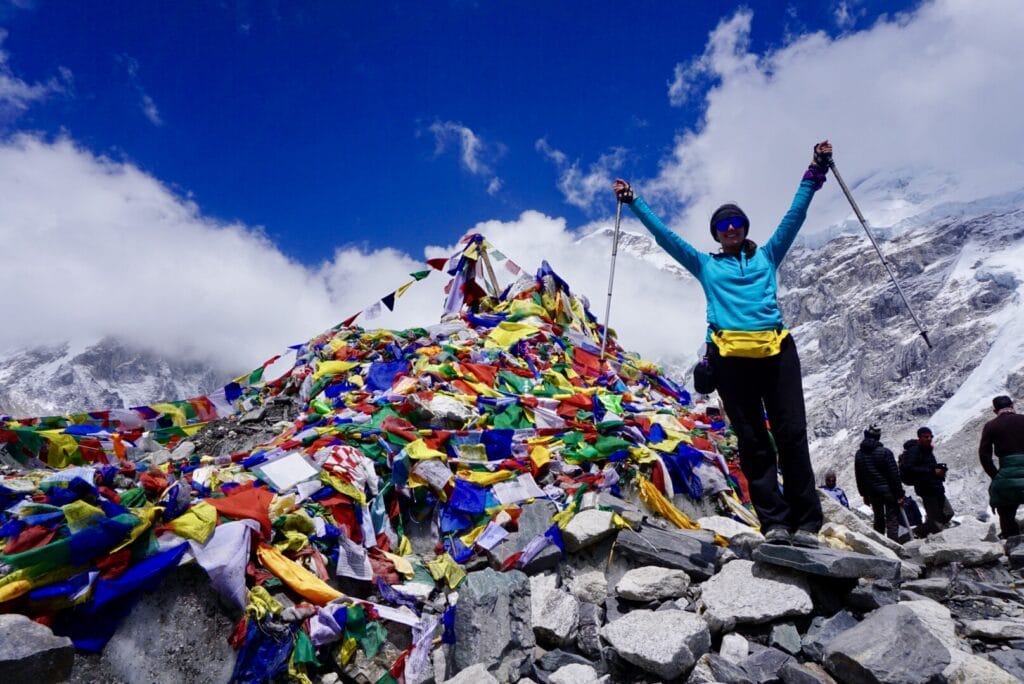
What to Expect on the Everest Base Camp Trek
In total it typically takes 12 to 14 days, depending on your pace and acclimatization schedule. My trek was 12 days – 8 days up and 4 days back. This is about as fast as you would want to do it. The trail covers approximately 130 kilometers (80 miles) round trip, starting from Lukla and winding through the Khumbu Valley, eventually leading to the base of the world’s highest mountain.
I went with Ace the Himalayas. Here are there TripAdvisor reviews.
Day 1: Flight to Lukla and Trek to Phakding
- Flight to Lukla: The adventure begins with an exhilarating flight from Kathmandu to Lukla, a small town with one of the most famous (and nerve-wracking) airports in the world. HOLD ON!
- Trek to Phakding: After arriving in Lukla, you’ll start your trek with a relatively easy 3-hour walk to Phakding, passing through beautiful forests and small villages along the way.
Day 2: Phakding to Namche Bazaar
- Crossing Suspension Bridges: This day involves crossing several suspension bridges over the Dudh Koshi River, with the towering peaks of the Himalayas looming in the distance.
- Arriving at Namche Bazaar: After a steep climb (this climb legit almost killed me), you’ll arrive in Namche Bazaar, the bustling hub of the Khumbu region. This vibrant village is a great place to rest, acclimatize, and enjoy the atmosphere of trekkers and Sherpas preparing for their own Everest expeditions.
Day 3: Acclimatization Day in Namche Bazaar
Day 4-7: Trekking Through the Khumbu Valley
- Tengboche Monastery: As you hike higher, you’ll pass through beautiful rhododendron forests, eventually reaching Tengboche, home to a famous Buddhist monastery. The views from here, especially of Ama Dablam, are breathtaking.
Day 8 or 9: Everest Base Camp
- Reaching Base Camp: After trekking through the glacier and icefall-strewn landscape, you’ll finally reach Everest Base Camp, standing at 5,364 meters. We brought beers to drink, but were too tired to drink them. Some folks may rise early the next day to attempt submitting Kala Patthar (a small hill/mountain near basecamp).
Day 10-14: Descent Back to Lukla
- Retracing Your Steps: The trek back down follows a similar route, but the return journey is much quicker as you’re now acclimated and descending to lower altitudes. With that being said, I really wanted a proper shower.
What to Expect on the Everest Base Camp Trek
Trekking to Everest Base Camp is a physically demanding journey that requires good fitness, mental resilience, and proper preparation. You’ll be hiking for 5 to 8 hours each day, often on steep, rocky terrain, and at high altitudes where the air is thin. Most days one of us would not want to hike. But really… who HIKES 12 days IN A ROW?
Altitude is one of the biggest challenges on the trek. Many trekkers experience symptoms of Acute Mountain Sickness (AMS), such as headaches, nausea, and fatigue. To avoid altitude sickness, it’s essential to trek slowly, take regular acclimatization days, and stay hydrated.
My Packing List (If you have a porter, you will only carry your day pack. Tip your porters properly).
- Good boots with ankle support that have been property broken in (legit the MOST important).
- Merino wool thermal base layer. I packed one thick pair and one thin pair.
- 2 pairs of trekking pants.
- On the top I wore – wool tank top, Moreno wool base layer, R1 from Patagonia, puffer jacket. I did bring a water proof outer shell for top and bottom, but did not need it.
- Beanie
- Buff
- Good sunglasses
- Fanny pack (it was easiest to have chapstick, money, TP, hand sanitizer easily accessible)
- Hiking polls
- Wipes to freshen up at the end of the day.
Why The trek Is Worth It
The trek to Everest Base Camp is about more than just reaching a destination—it’s about the journey. From the bustling villages of the Khumbu Valley to the quiet solitude of the high-altitude trails, every step brings you closer to the heart of the Himalayas. The sense of accomplishment you feel when you reach Base Camp, after days of trekking through challenging terrain, is indescribable.
You’ll return from Everest Base Camp with not just memories of the world’s highest mountains but a deeper understanding of your own capabilities and resilience. The trek is a once-in-a-lifetime experience, offering the chance to immerse yourself in a unique culture, connect with fellow trekkers, and witness some of the most awe-inspiring landscapes on the planet.
Ready for the Everest Base Camp trek? If you’ve already trekked to Base Camp or are planning your adventure, share your thoughts and questions in the comments below!

